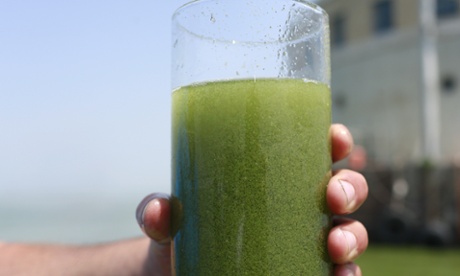A few weeks back my wife and I visited the charming little college town of Delaware, Ohio. Delaware is about 35 miles from Columbus, and is home to Ohio Wesleyan University, as well as a collection of fine restaurants and even a microbrewery. We had chosen a good night to go, because there was a local street fair, and the town was alive with booths from local businesses and civic organizations. The Delaware police were there, too.
 And they brought with them their new toy, a big black
armored vehicle called an MRAP.
That stands for mine-resistant, ambush-protected.
And they brought with them their new toy, a big black
armored vehicle called an MRAP.
That stands for mine-resistant, ambush-protected.One might wonder why Delaware, with fewer than 36,000 residents, has need of such a vehicle. Is the local constabulary really that worried about mines or ambushes?
But of course this development is hardly unique to Delaware. For the last ten years the Department of Defense has been providing local police forces across the country with military hardware at cut rate prices. Delaware paid only $2,600 for its MRAP, which ordinarily sells for some $700,000.



